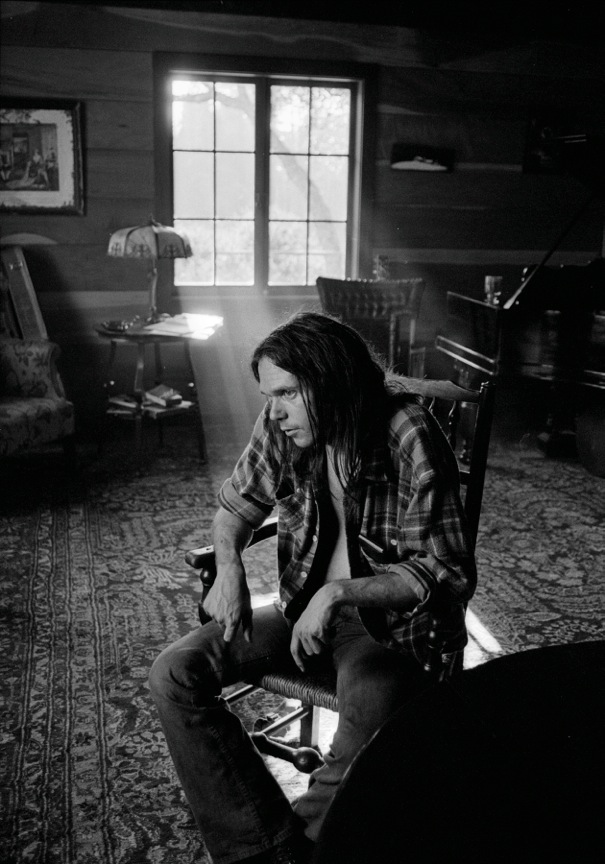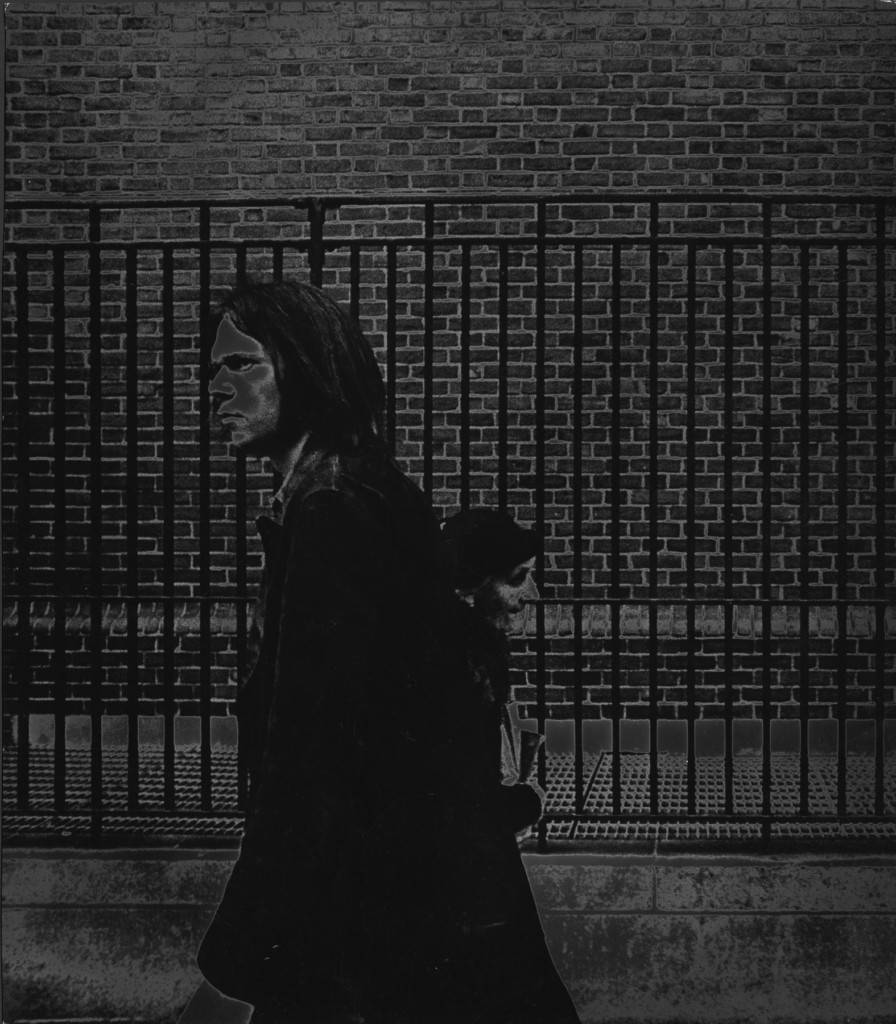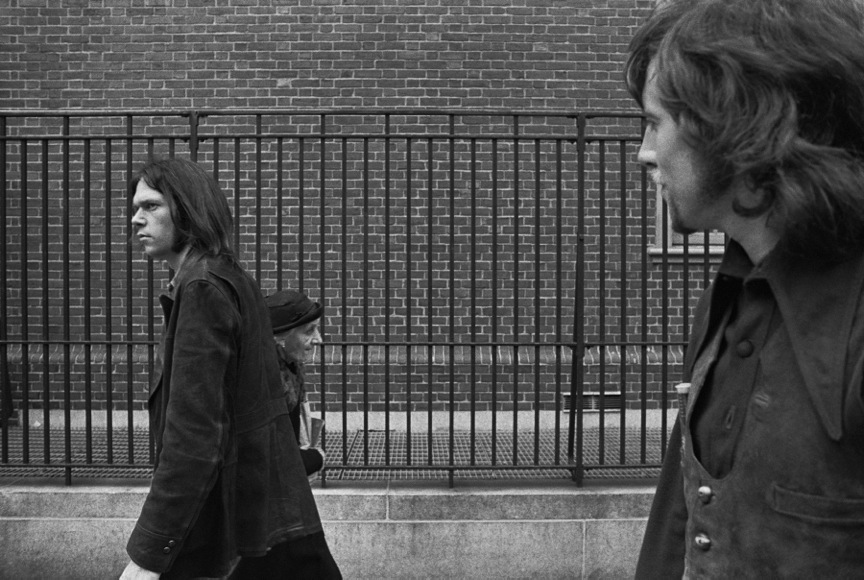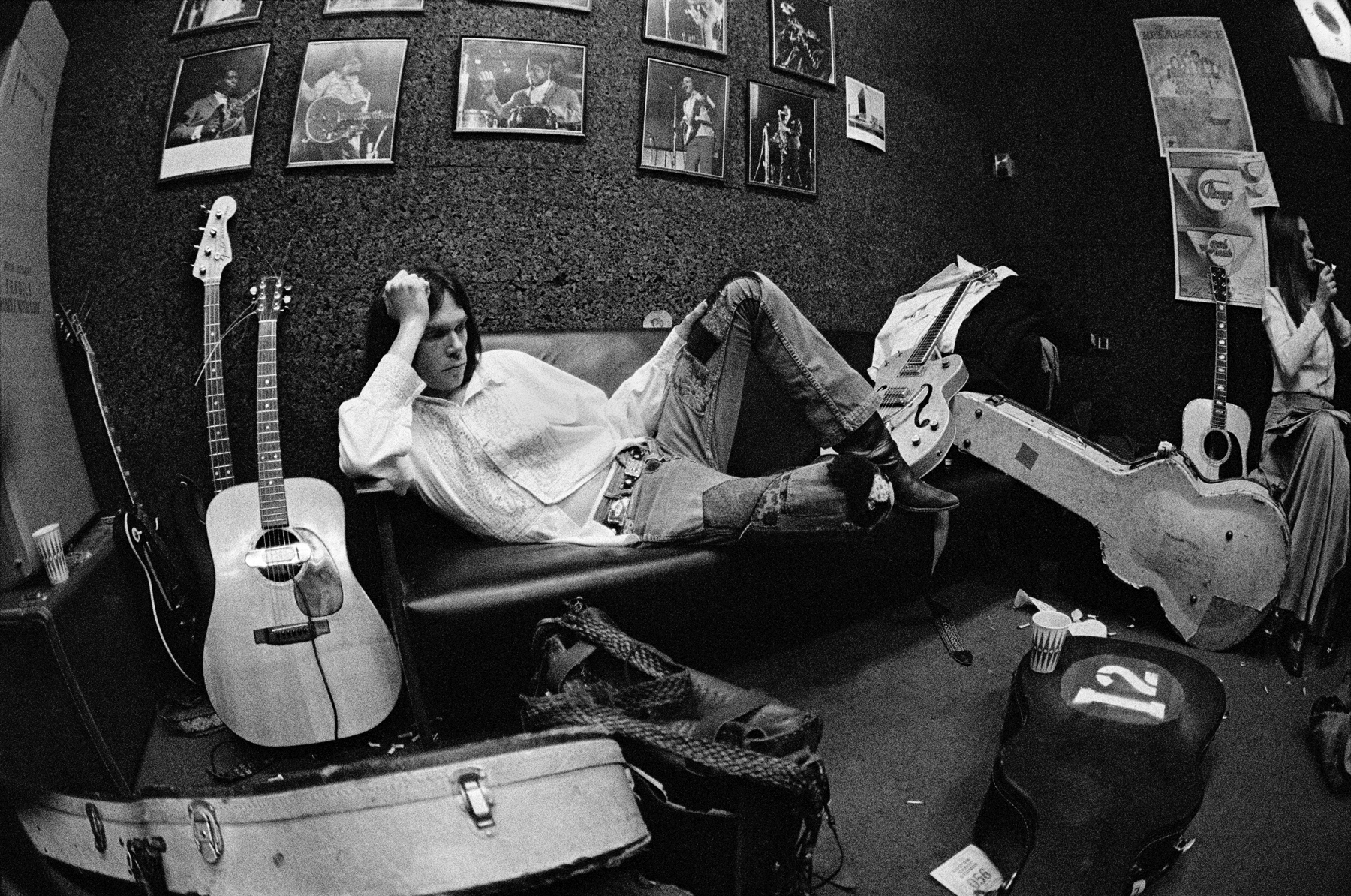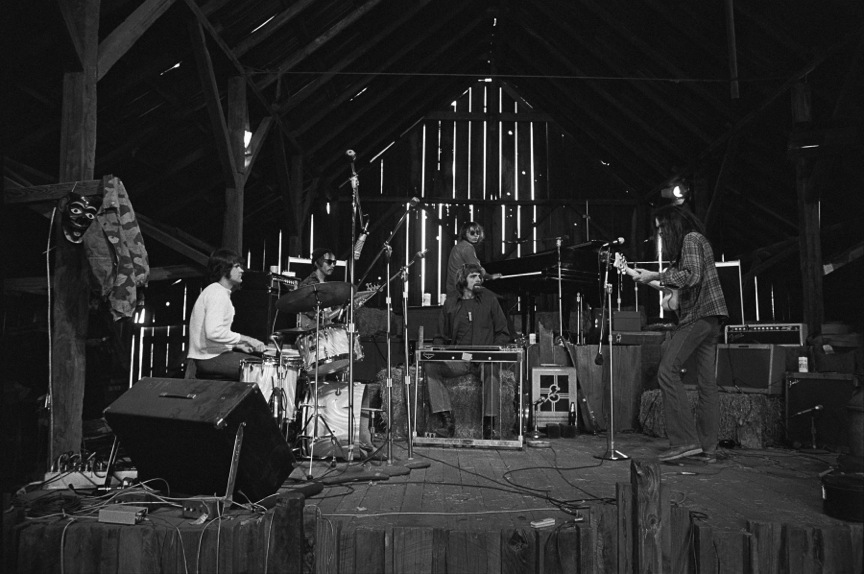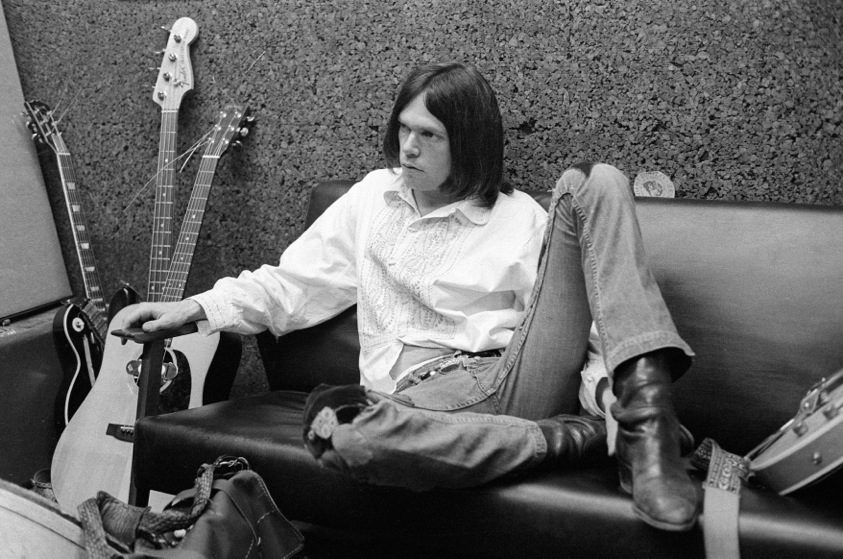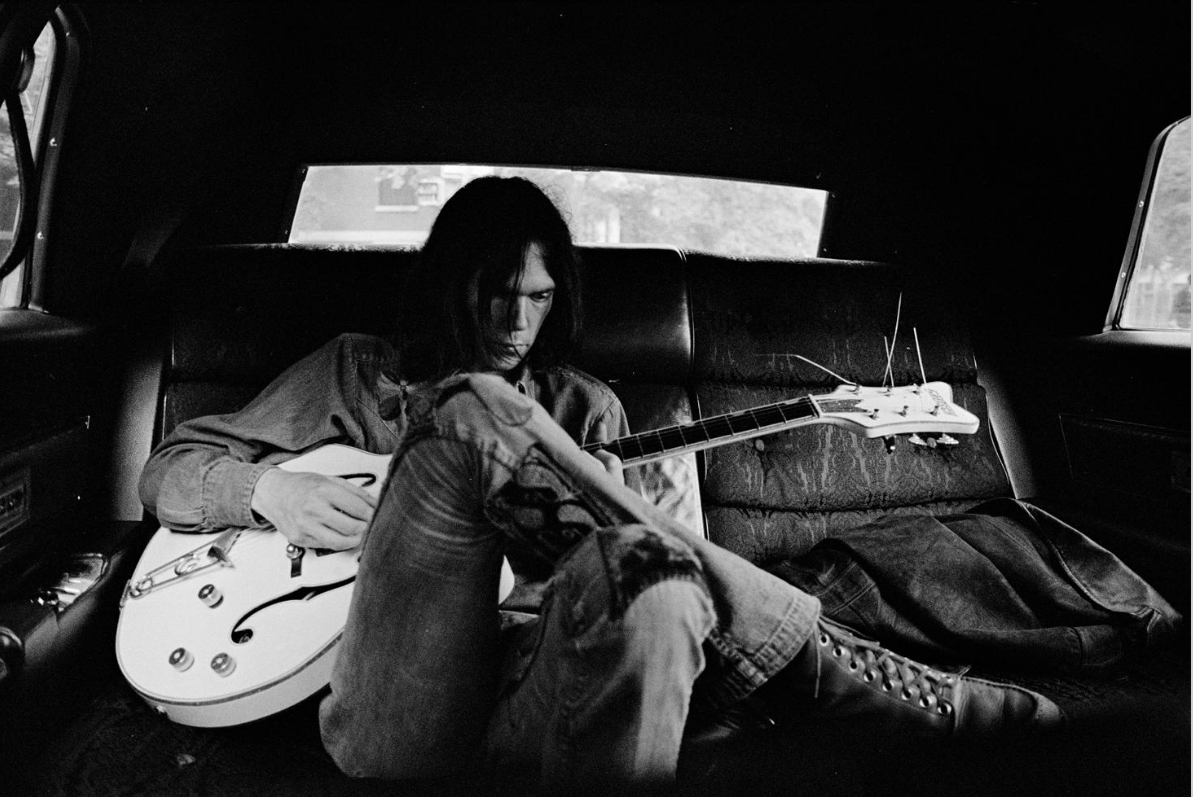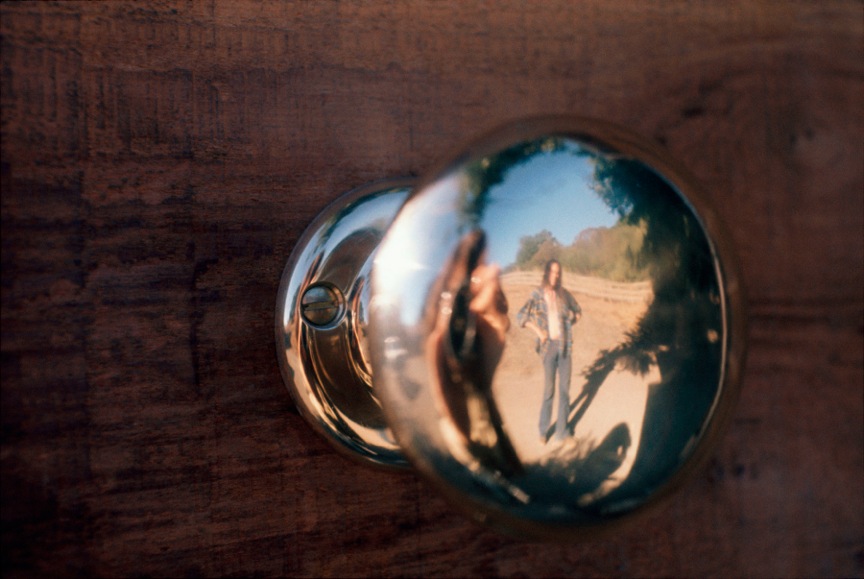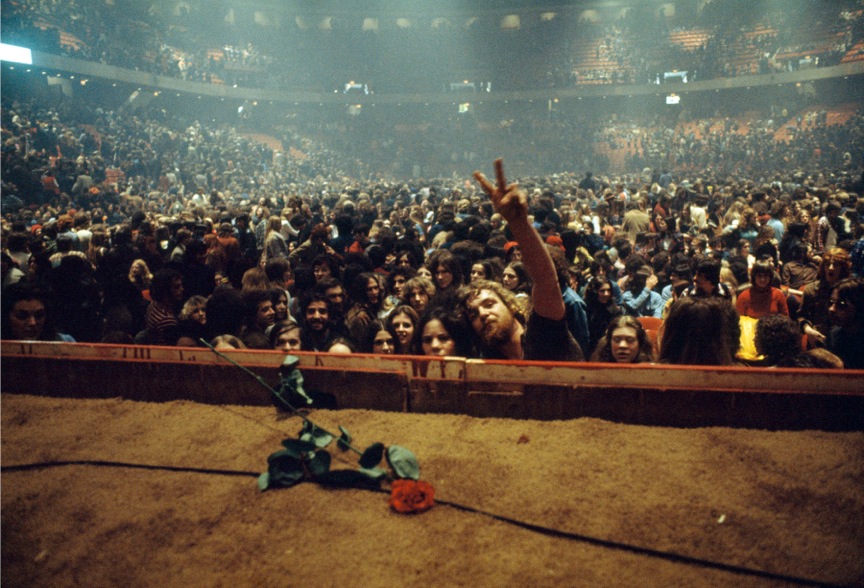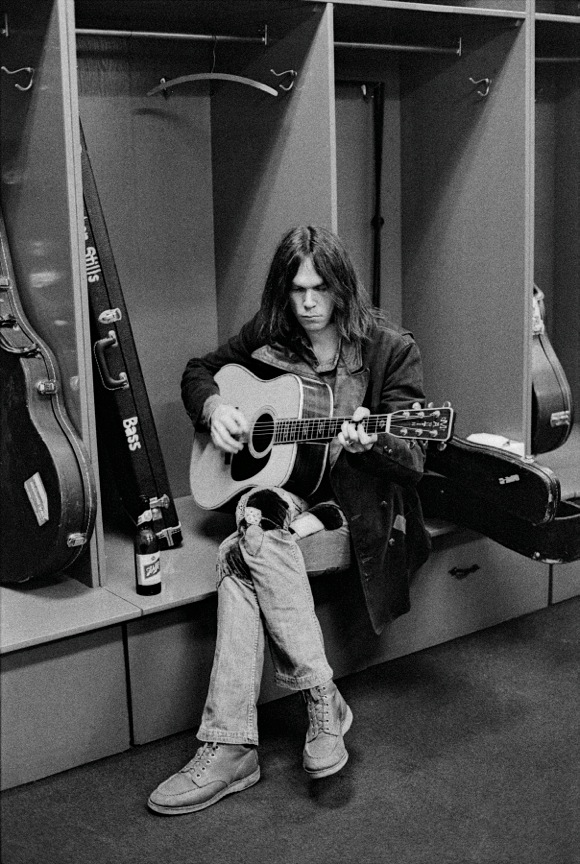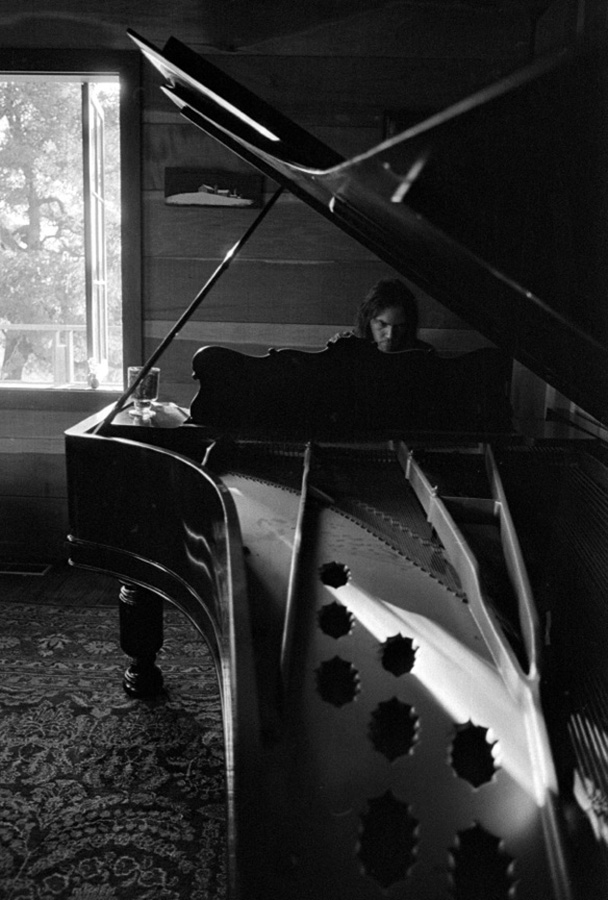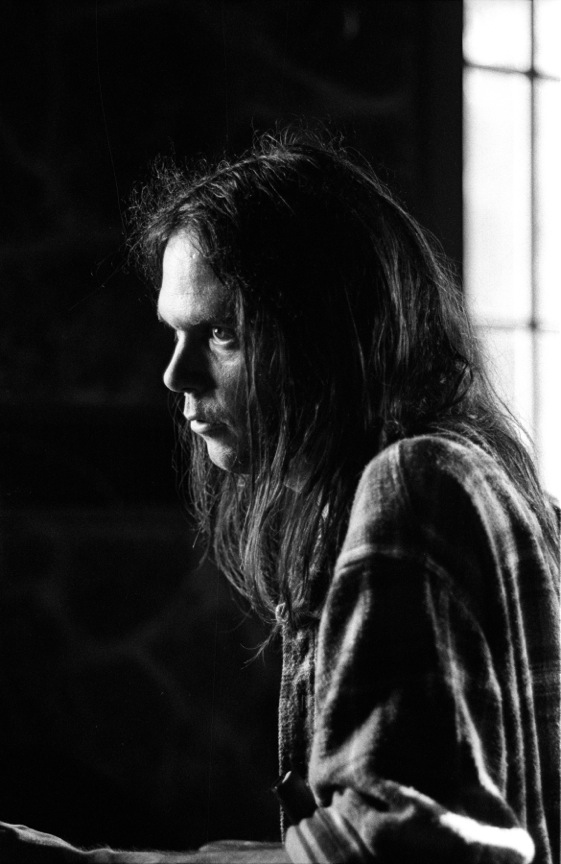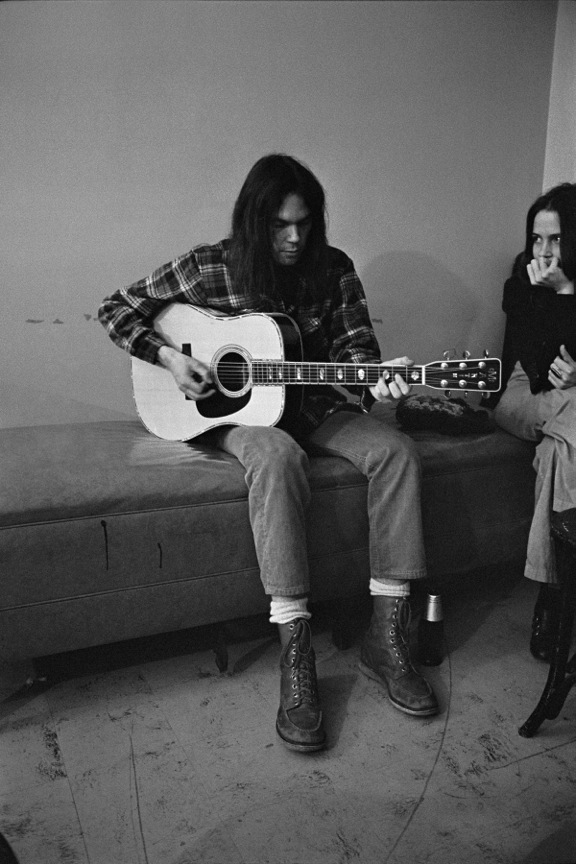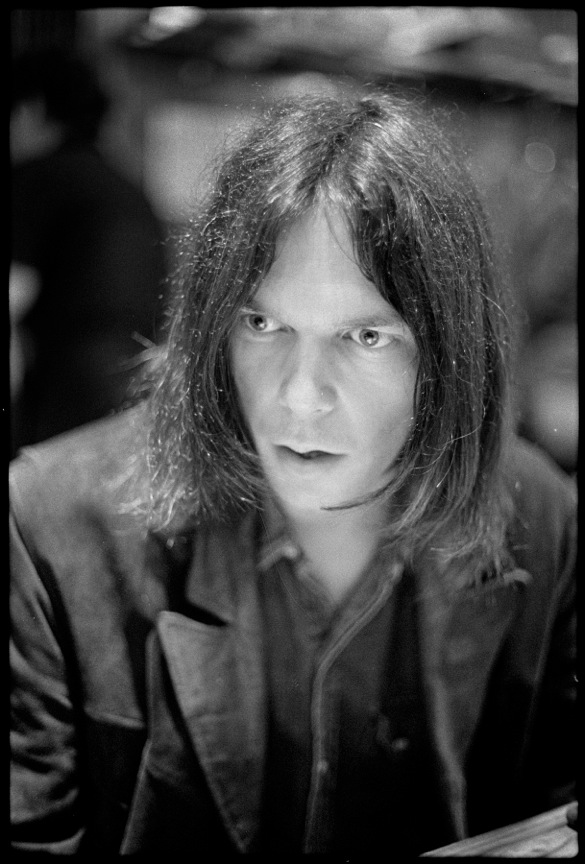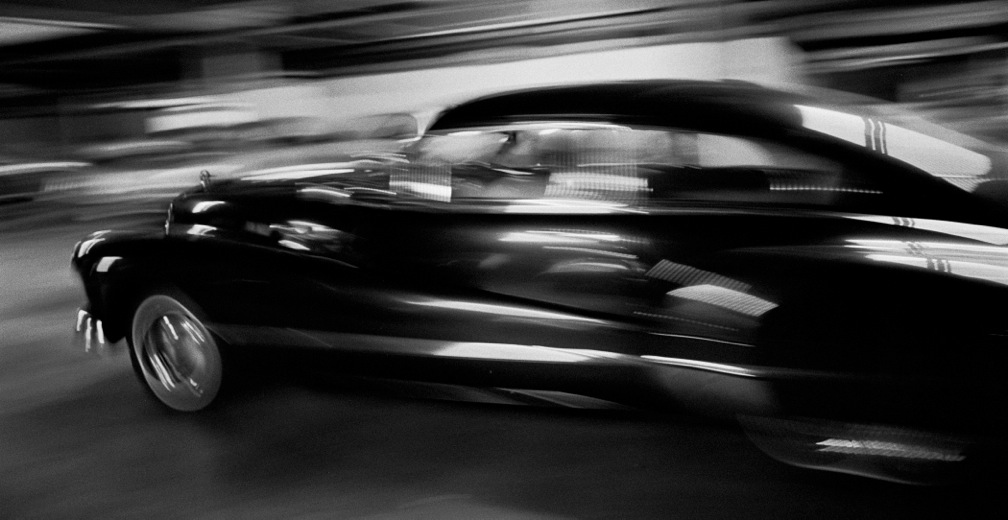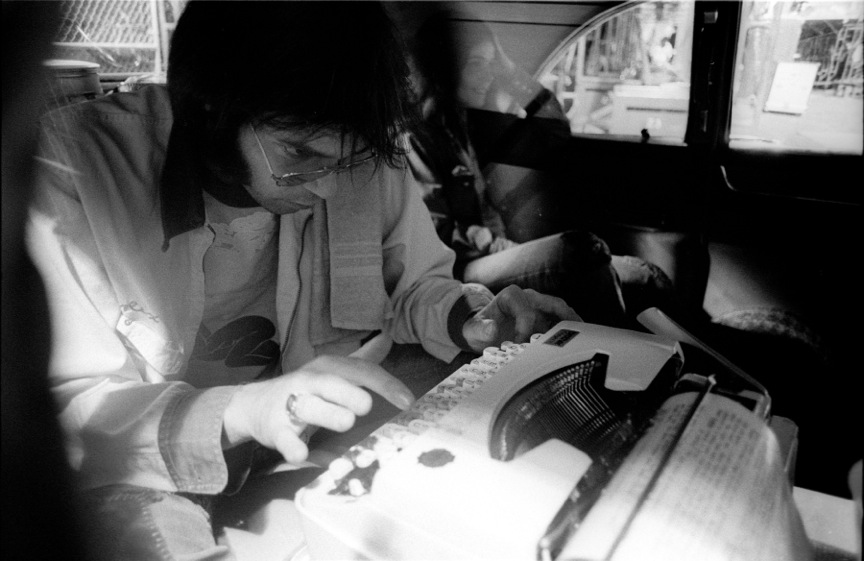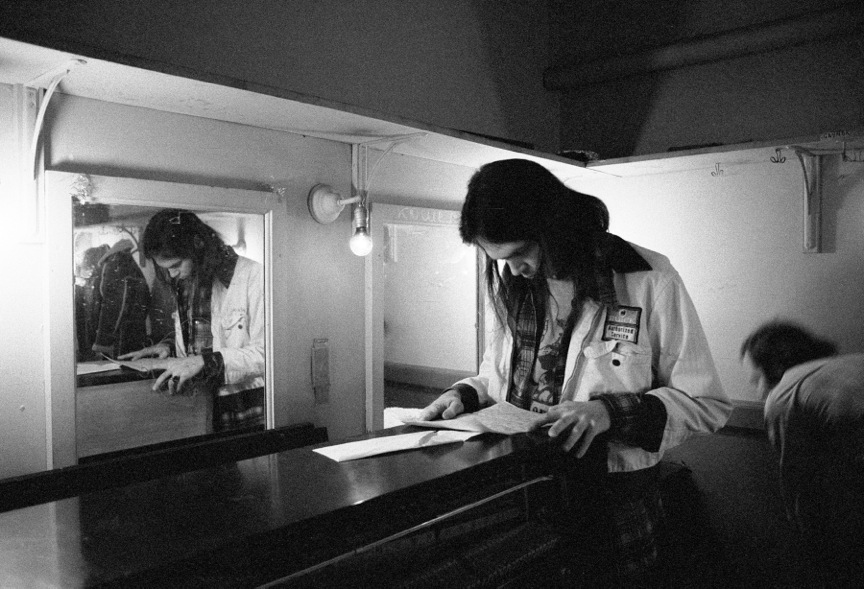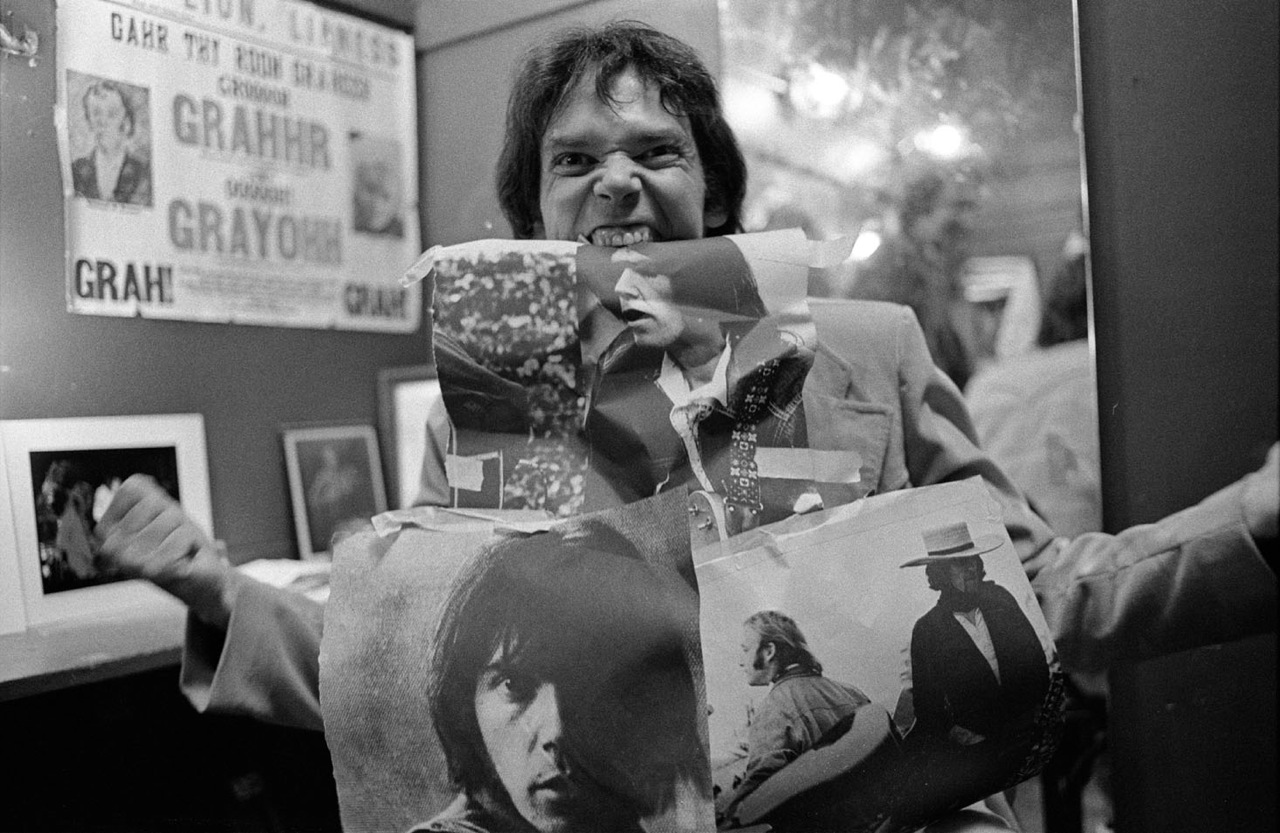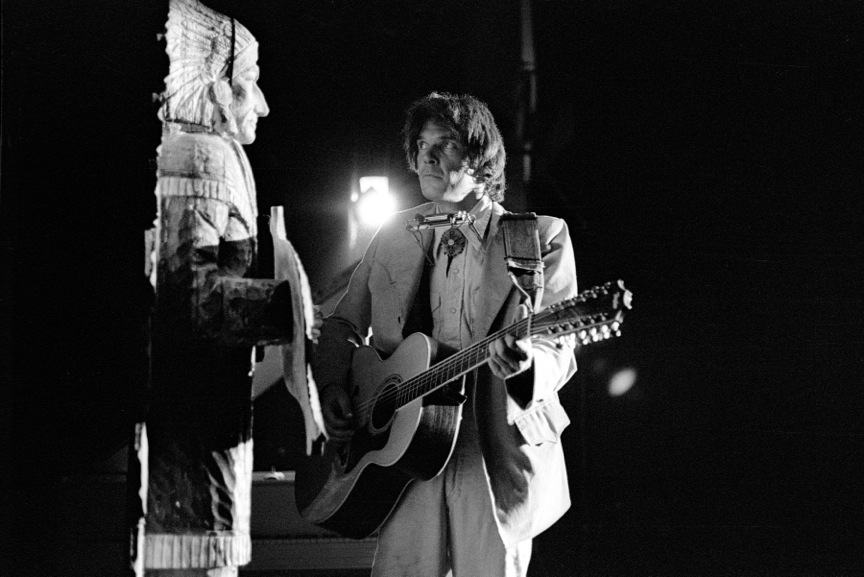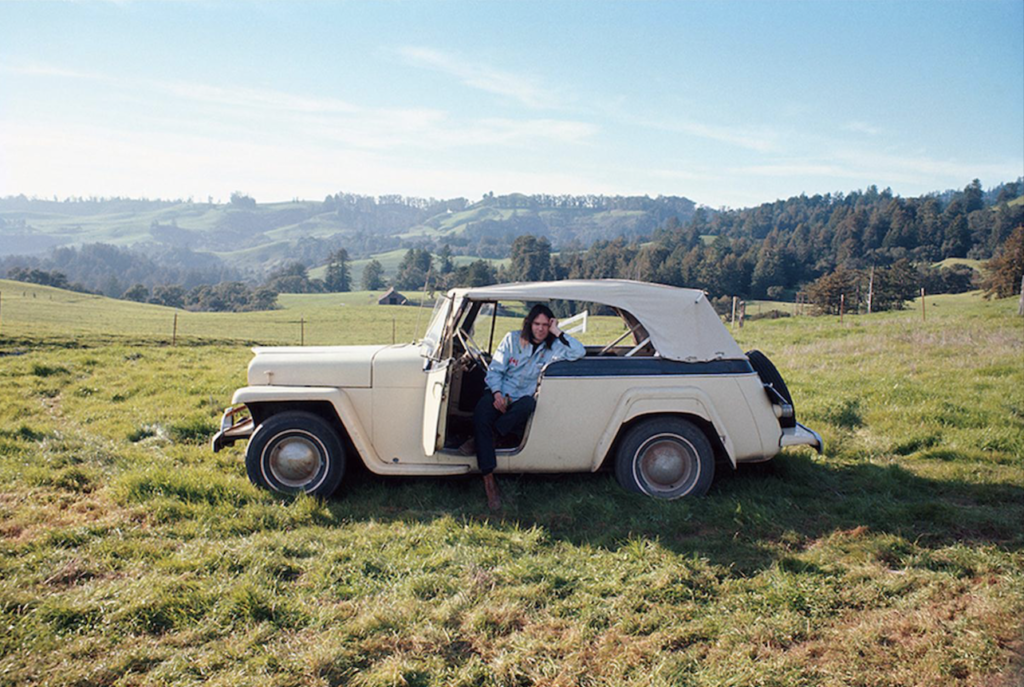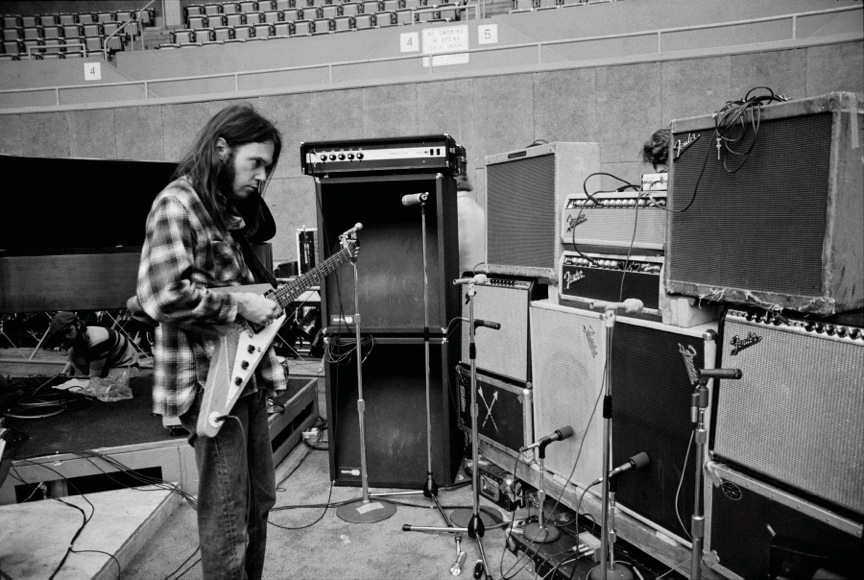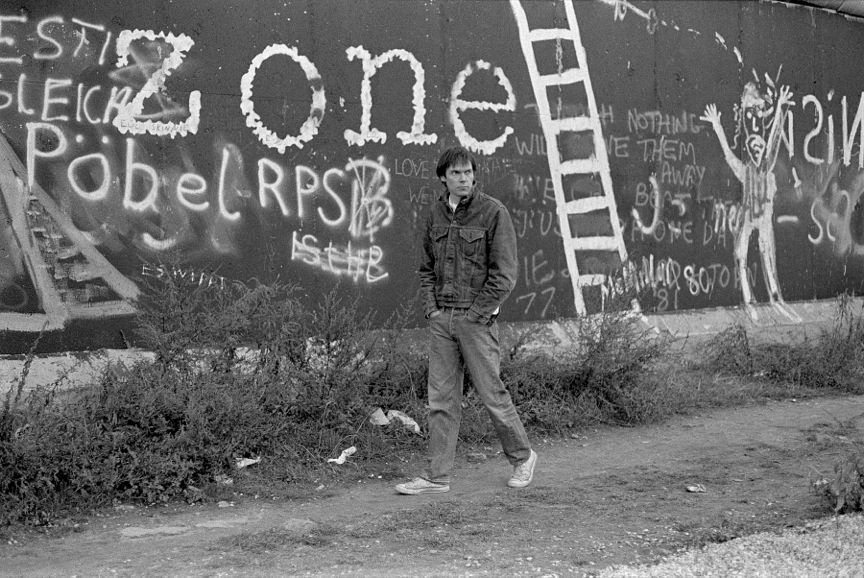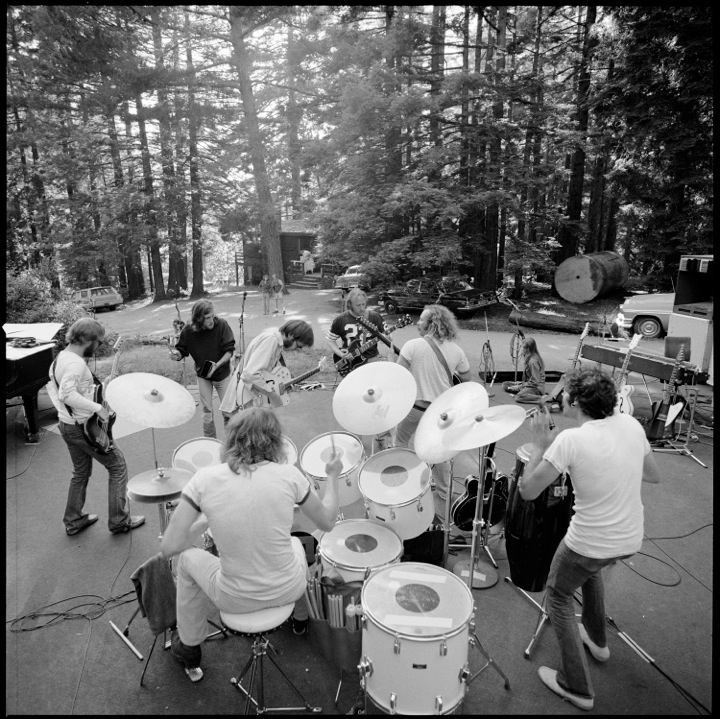Neil Young: photographs by Joel Bernstein
The first UK exhibition for acclaimed photographer Joel Bernstein, featuring some of the best work from his Neil Young archives.
We are delighted to present an exhibition of photographs of Neil Young by acclaimed US photographer Joel Bernstein. This is the first time that Neil Young has been the subject of one of our gallery exhibits, and I am quite embarrassed that it has taken us this long. Well, we are making up for the delay with this exquisite body of work. We have deliberately kept the selection small and intimate, because less is more, and we wanted to concentrate on some absolute key pieces from Joel’s incredible archive.
I have to tell you that Joel’s physical prints are absolutely exquisite, and the images online don’t do them justice in the flesh.
Just 18 at the time, and for his first album cover commission, Bernstein made the heavily solarized portrait of Neil Young that appeared on the front cover of After The Gold Rush (1970), and his images have appeared on subsequent Neil Young albums including Harvest (1972), Time Fades Away (1973) among others.
Neil Young
Joel Bernstein’s relationship with Neil Young extends way beyond that of photographer and subject.
Bernstein is Neil Young’s archivist, and was instrumental in the research and production of the acclaimed Neil Young Archives box set. He estimates that he has made at least 10,000 photographs of Young since 1970. Bernstein also believes that he has spent “19 ½ years – and one day” in archiving Neil Young’s recorded output.
Neil Young’s autobiography, Waging Heavy Peace, which was published in the UK on 4 October 2012, features a number of Joel’s photographs. Famously Neil Young once said: “The weakness of an autobiography is the lack of perspective of the person who’s writing it. So, for that reason, I’ll never write an autobiography. Never. I told Pegi, “Never let me do it.” There’s no reason.” Joel puts some perspective on this: “Neil is like a lighthouse beam. He has an incredibly intense focus in a very narrow area to the exclusion of all else. He does what he wants to do when he wants to do it and doesn’t do what he doesn’t want to do when he doesn’t want to do it.”
The photograph above, taken at Young’s home near Woodside, California, was chosen for the permanent collection of the Rock & Roll Hall of Fame and Museum.
After The Gold Rush
Just 18 at the time, and for his first album cover commission, Bernstein made the heavily solarized portrait of Neil Young, with a mysterious old lady passing him, that appeared on the front cover of After The Gold Rush (1970).
The original full frame version of the cover shot has Graham Nash appearing on the right of the frame, with Neil and the old lady.
This makes a nice contrast with the solarized album cover shot, and the two work well as a pair together. Interestingly, the old lady appearing on the cover shot was no accident. Here’s Joel on how the old woman came to be in the frame: “The photo was not “a mistake.” I saw the small, old woman coming towards us down the sidewalk, was intrigued, and wanted to catch her passing Neil. The mistake, to me, was that I had in my haste focused the lens just past the two figures, closer to the fence than to Neil’s face. That was the original reason why I made a small-sized print and solarized it; to help with the apparent sharpness. But the solarization in this case added a somewhat spooky dimension to the image, which Neil took to immediately.”
Biography
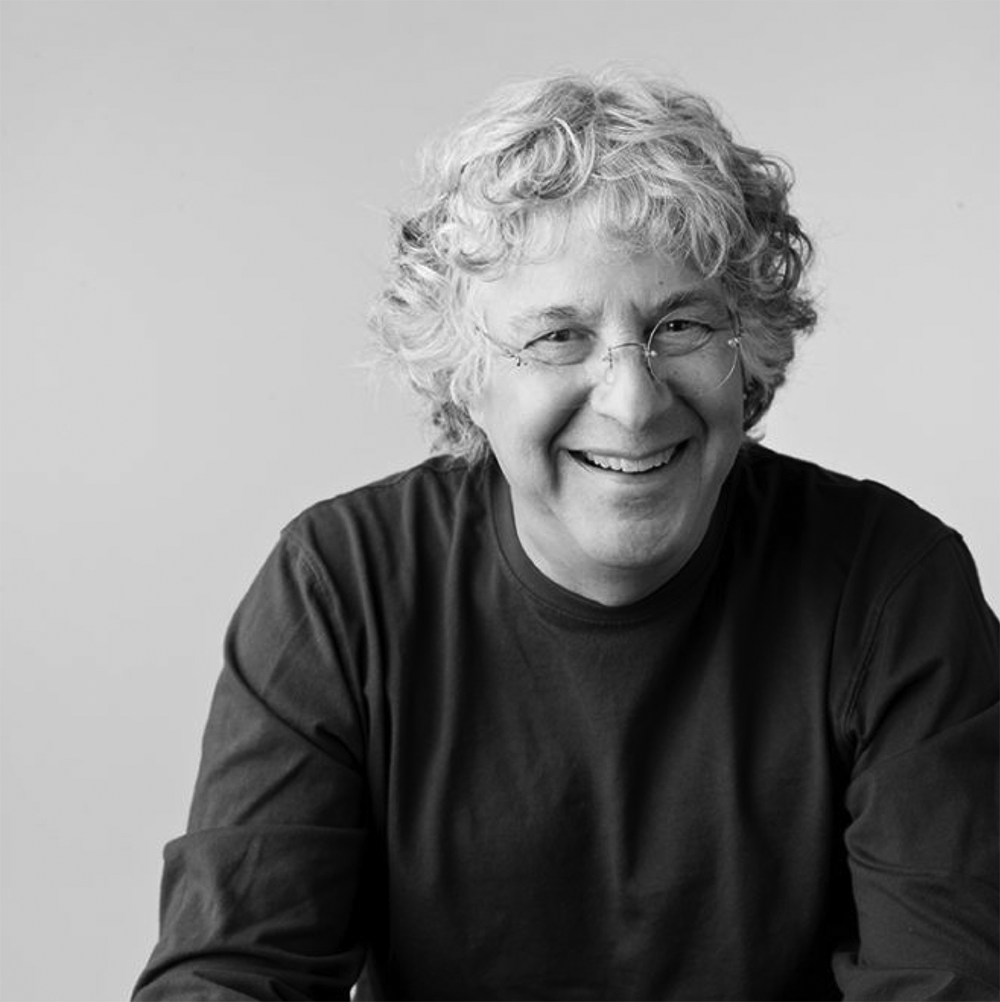
Joel Bernstein is an acclaimed photographer whose work, spanning more than three decades, chronicles the inner lives and public moments of some of the most important musicians of our time.
They include Joni Mitchell, Neil Young, Bob Dylan, Bruce Springsteen, Crosby, Stills & Nash, Prince, Jackson Browne and Tom Petty. In 2018 Bernstein received the coveted Lifetime Achievement Award from the International Photography Hall of Fame & Museum for his contribution to photography .
A self-taught photographer and printer, Bernstein’s perspective on these artists is unique. He has been part of their intimate circle since age 16, when Joni Mitchell, then at the beginning of her exceptional recording career, asked him to be her photographer.
Since then, he has become the most comprehensive photographer of Mitchell’s life and work, and shot several of her album covers, as well as being the acknowledged expert on her guitar compositions. Bernstein also became a close friend and musical collaborator with many of his other subjects, playing and singing on their albums and concert tours. His preferred method has been to spend as much time as possible with his subjects until the right instant – the perfect moment of intimacy – reveals itself.
Bernstein’s many album covers are commonly listed among the most influential in rock’s visual history. His first, at age 18, was Neil Young’s After the Gold Rush, often cited in Best Album Covers Of All Time lists. His work was featured in the album cover for Joni Mitchell’s Hejira, nominated for a Grammy Award for Best Album Cover. Bernstein’s work was also the inspiration for the look of Cameron Crowe’s well-received rock film Almost Famous, in which many scenes were precise re-creations of Bernstein’s photographs.
Bernstein has continued working with these artists as archivist, editor and producer of their CD boxed sets and DVD retrospectives, researching and editing both music and artwork. This includes work with artists such as Buffalo Springfield, Joni Mitchell, David Crosby, Graham Nash and, of course, Neil Young for his historic multi-disc Archives Volume I. Subsequent Archives releases include 2008’s acclaimed Sugar Mountain–Live at Canterbury House 1968, and Bernstein is also engaged in the production of the forthcoming Archives Volume II.
Bernstein’s work is well known within the world of music, and is included in the permanent collection of the Rock & Roll Hall of Fame and Museum. He has been published in a wide spectrum of books on music, musicians, and the music business, as well as in Time, The New York Times and Rolling Stone. He was profiled in MOJO, the esteemed British music publication, which extensively featured his photos of Neil Young.
In 2018 The International Photography Hall of Fame in St. Louis, MO chose Joel to be the recipient of the first Distinguished Lifetime Achievement Award. Their Hall of Fame includes nearly every nineteenth and twentieth century master of photography, as well as the major innovators in the design and manufacture of cameras, lenses, and films.
He currently lives in Oakland, California.

